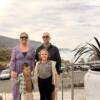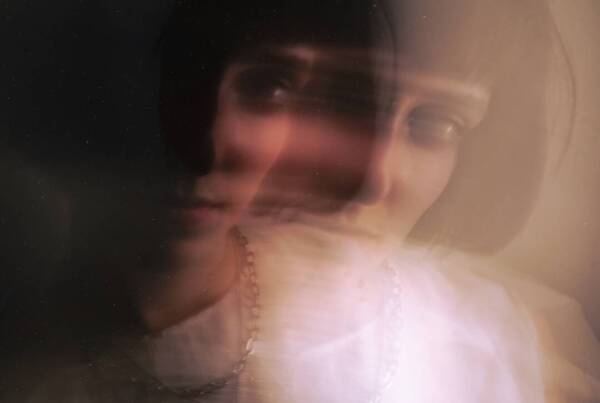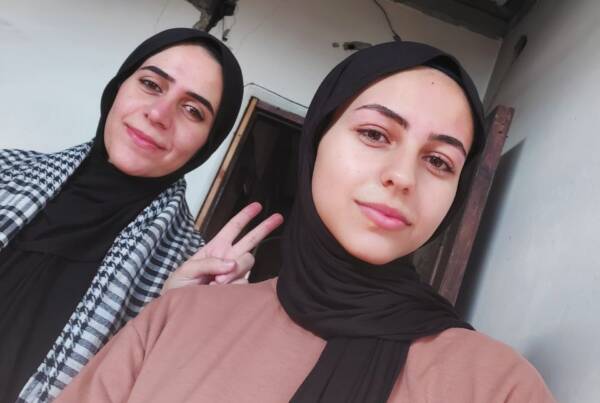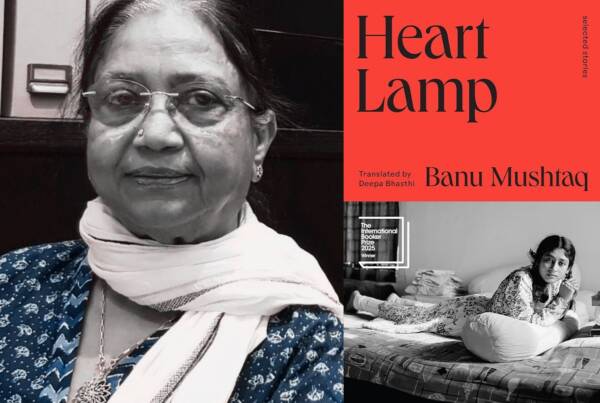Words by Karys McEwen
 When I was growing up, fiction was an important lens through which I began to understand the world. Books about ordinary kids going about their ordinary lives were reassuring in a way little else was, especially when it came to navigating the typical coming-of-age experiences—gaining more independence from my parents, friendship shifts, puberty, figuring out who I was, and finding my place. Novels were a safe place for these things to unfold in parallel to my own life.
When I was growing up, fiction was an important lens through which I began to understand the world. Books about ordinary kids going about their ordinary lives were reassuring in a way little else was, especially when it came to navigating the typical coming-of-age experiences—gaining more independence from my parents, friendship shifts, puberty, figuring out who I was, and finding my place. Novels were a safe place for these things to unfold in parallel to my own life.
I tried to hunt down as many of these kinds of stories as I could, though they didn’t appear to be as prevalent as other genres for tweens. Most of the books that my friends were reading, or the ones that lined the shelves of my local library, featured dragons or giant peaches, haunted scarecrows or wild adventures through magical wardrobes. Books that explored periods and crushes and subtle family dynamics were for older teenagers. I sought them out, anyway.
Back in the 90s and early 00s, a small number of these books existed, by authors like Judy Blume and Jacqueline Wilson. In Australia, there were even fewer, but titles from Melina Marchetta and Robin Klein paved the way. These days, there are myriad options for young readers looking for quiet stories about growing up, and plenty of local ones, too. Nova Weetman and Emily Gale and Shivaun Plozza and Fiona Hardy, and many more. These authors write stories that my 10 and 11-year-old self would have devoured. Books that sensitively speak to young people about their private feelings and reflect the inner-lives of kids on the cusp of teenagedom.
Books can be windows into other people’s lives and imaginary settings. They can take you on wild adventures and offer blissful escapism. But more importantly to me, in that blurry period between childhood and adolescence, they offered a mirror. Seeing myself and my small struggles reflected on the pages of the books I read meant everything. It helped me feel less alone.
In my own books, I hope I can offer this kind of literary embrace to young readers. The Paperbark Tree Committee is about growing up and trying to be a good person but making mistakes along the way. The protagonist, Art, hopes to be a role model for his younger brother, a friend that people actually want to spend time with, and a son his parents can be proud of. But he messes it up sometimes, like we all do. I wanted to explore the idea of miscalculations and misunderstandings, and knowing that you’ve done the wrong thing, even right at the moment it happens. I hope that is a universal feeling that maybe young readers haven’t encountered in this way before. I also hope that it sparks discussions about making amends and forgiving yourself.
There is a lot being written about teenage boys in the media, as well as in the culture we are consuming at the moment. My story is just one perspective of what it is to be a young person, but as a school librarian, I feel confident that there is an authenticity to Art’s emotions and actions. I have known many young men just like him over the years, and my biggest wish is for his story to prompt a reader to reflect on their own experiences as they’re happening and to realise that there is no one way to grow up.
After working in schools for over a decade, I can confidently say that young people these days are a lot better at seeking help. They’re more open-minded, and inclusive and unlike a younger me, they don’t seem to feel the same shame about the changes that come with adolescence. But I still think they need quiet stories, alongside the witches, the dystopias, and the epic quests. Everyone deserves to see themselves on the pages of a book and most especially early teenagers—who may sometimes need a gentle reminder that they are not alone.






